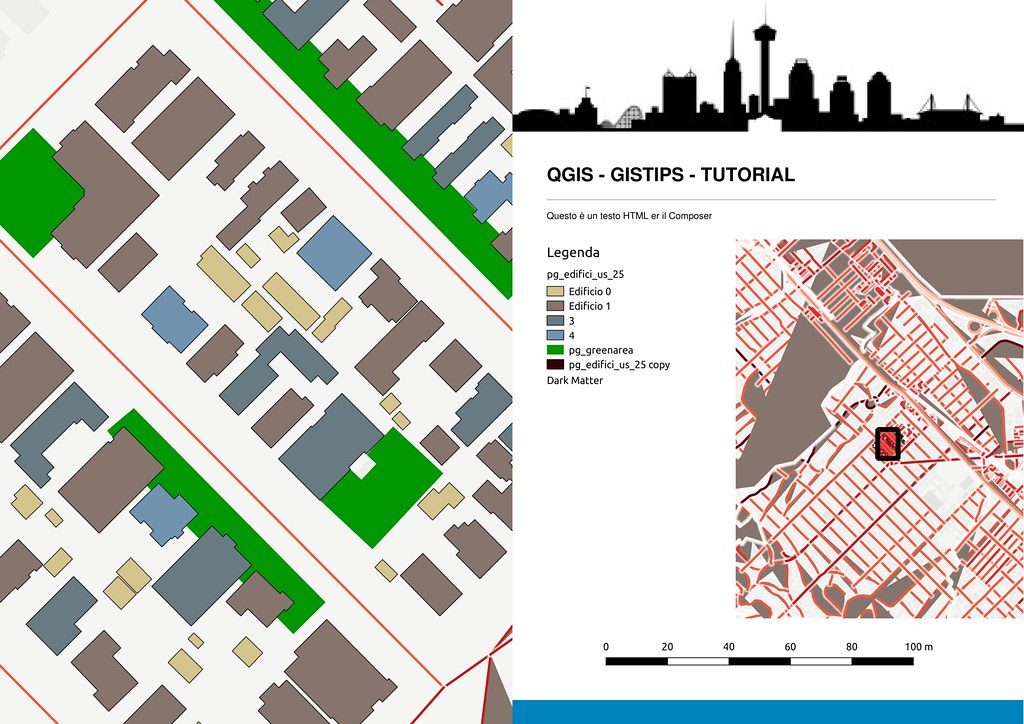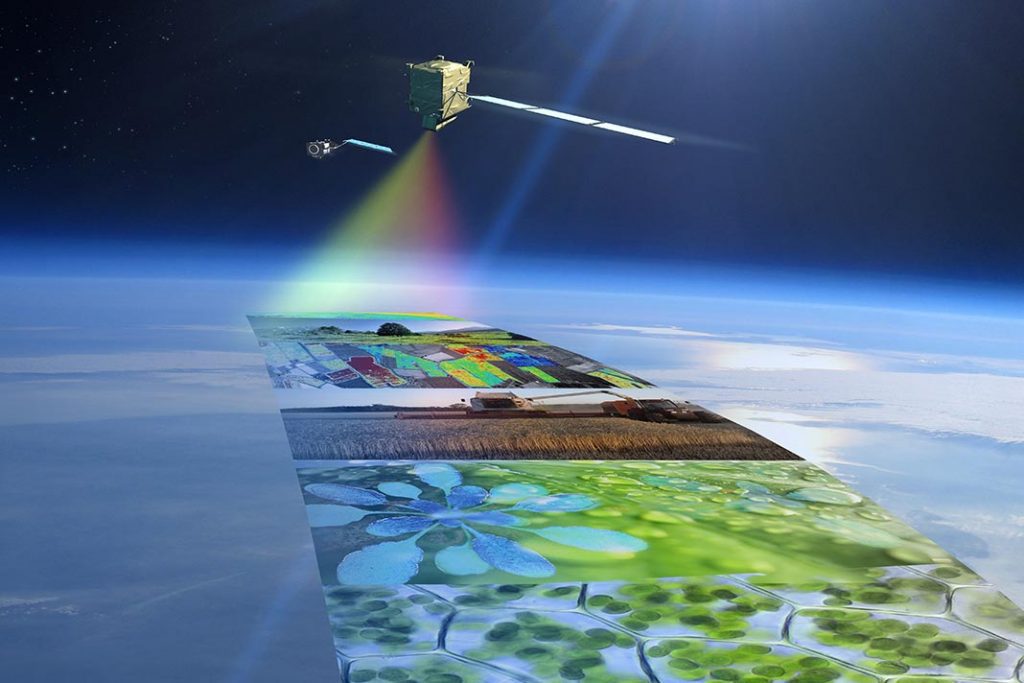Big data geoscience is an interdisciplinary field that involves the acquisition, processing, management, analysis, and visualization of large and complex geospatial data sets. It is a critical area of study for scientists, researchers, and practitioners who seek to understand the Earth’s systems and processes, as well as address important environmental and societal challenges. To accomplish these goals, it is essential to leverage the latest technologies and tools for big data geoscience. In this article, we will explore the most important technologies and tools that are used in big data geoscience, including geospatial data analysis, big data management systems, data visualization tools, and machine learning algorithms. We will also discuss best practices for using these technologies and tools, as well as challenges and limitations that must be considered. Finally, we will look at the future of big data geoscience and the emerging technologies that are likely to shape this field in the years to come.

Geospatial Data Analysis
Geospatial data analysis is the process of analyzing data that is geographically referenced or spatially related. It is a critical component of big data geoscience, as much of the data collected in this field is location-based. Geospatial data analysis enables researchers to identify patterns, trends, and relationships in geospatial data and to derive meaningful insights from it.
To perform geospatial data analysis, researchers rely on software tools that are specifically designed for this purpose. One such tool is ArcGIS, which is a powerful and widely used software tool for visualizing, managing, and analyzing geospatial data. ArcGIS provides a suite of tools for performing geospatial data analysis, including spatial statistics, proximity analysis, and geoprocessing. Another tool that can be used for geospatial data analysis is QGIS, which is a free and open-source alternative to ArcGIS. QGIS is a user-friendly software tool that provides a wide range of geospatial data analysis functions and is compatible with a variety of data formats.
When selecting a geospatial data analysis tool, it’s important to consider factors such as ease of use, functionality, and compatibility with other tools and systems. It’s also important to consider the specific needs of the project and the level of expertise of the users. For instance, ArcGIS is a powerful tool that requires a certain level of expertise to operate, while QGIS is a user-friendly tool that is suitable for both beginners and advanced users.
Read more: The Benefits of Cloud Native Geospatial File Formats
Big Data Management
Big data management is the process of storing, processing, and analyzing large and complex datasets. In big data geoscience, this involves managing massive amounts of geospatial data, often from multiple sources.
Key Data Management Systems for Big Data Geoscience
There are several data management systems that are specifically designed for big data geoscience, including:
- GEOAnalytics Canada: an online tool to conduct scalable big data geoscience. Created by RTEI.
- Hadoop: a popular open-source data management system that provides a distributed file system and a range of tools for processing and analyzing large datasets.
- Apache Spark: an open-source data management system that provides a fast and flexible platform for processing and analyzing large datasets.
- Google BigQuery: a cloud-based data management system that allows users to store and process large datasets in a scalable and cost-effective manner.
Comparison of Different Data Management Systems
When selecting a data management system for big data geoscience, it’s important to consider factors such as scalability, flexibility, and cost. It’s also important to consider the specific needs of the project and the level of expertise of the users. Here is a comparison of the three data management systems mentioned above:
| Data Management System | Scalability | Flexibility | Cost |
|---|---|---|---|
| GEOAnalytics Canada | Highly scalable | Highly flexible | Pay-per-use |
| Hadoop | Highly scalable | Highly flexible | Low cost (open-source) |
| Apache Spark | Highly scalable | Highly flexible | Low cost (open-source) |
| Google BigQuery | Highly scalable | Moderately flexible | Pay-per-query pricing |
Read more: Spark vs Dask: Environmental Big Data Analytics Tools Compared
Best Practices for Big Data Management in Geoscience
To ensure successful big data management in geoscience, it’s important to follow best practices, such as:
- Data governance: establish clear guidelines for data security, privacy, and access.
- Data quality: ensure the accuracy, completeness, and consistency of the data.
- Data integration: integrate data from various sources to provide a comprehensive view.
- Data storage: choose the appropriate storage system based on the data type, size, and access requirements.
- Data processing: select the appropriate processing tools based on the data size, complexity, and processing requirements.
By following these best practices, big data management in geoscience can be more efficient and effective.
Data Visualization Tools
Data visualization is a crucial element in big data geoscience. It enables users to understand patterns and relationships in complex geospatial data by creating visual representations of data. There are several data visualization tools specifically designed for big data geoscience that you can use to explore and communicate your data effectively.
Key Data Visualization Tools for Big Data Geoscience
When selecting data visualization tools for big data geoscience, it’s important to consider the ease of use, functionality, and compatibility with other tools and systems. Below are some of the most popular data visualization tools used in big data geoscience:
Tableau
Tableau is a powerful data visualization tool that is widely used in big data geoscience. It provides a range of tools for creating interactive and dynamic visualizations of geospatial data. Tableau is user-friendly and offers drag-and-drop functionality, making it easy to create compelling visualizations without any coding knowledge.
D3.js
D3.js is a free and open-source data visualization tool that provides a range of tools for creating custom visualizations of geospatial data. It is highly customizable and allows users to create unique visualizations. However, it requires some coding knowledge and may not be suitable for users with limited coding experience.
Matplotlib
Matplotlib is a Python-based data visualization tool that is widely used in big data geoscience. It provides a range of tools for creating static and interactive visualizations of geospatial data. Matplotlib is highly customizable and supports a variety of data formats. It is ideal for users with Python coding experience.
Best Practices for Selecting Data Visualization Tools
When selecting data visualization tools for big data geoscience, consider the specific needs of your project and user’s expertise. Here are some best practices to follow:
- Consider the ease of use, functionality, and compatibility with other tools and systems
- Choose tools that support your data format
- Choose tools that fit your level of coding experience
- Consider the cost of the tool and whether it fits your budget
By following these best practices, you can select the right data visualization tool for your big data geoscience project and effectively communicate your data to others.
Machine Learning Algorithms for Geoscience
Machine learning is a subfield of artificial intelligence that involves the use of algorithms to learn patterns and relationships in data. In big data geoscience, machine learning is an important tool for analyzing and predicting geospatial data.
Key Machine Learning Algorithms for Big Data Geoscience
Several machine learning algorithms are specifically designed for big data geoscience, including:
- Random Forest: a popular algorithm that can be used for classification, regression, and feature selection tasks.
- Support Vector Machines: another popular algorithm that can be used for classification and regression tasks.
- Neural Networks: a type of algorithm that can be used for a range of tasks, including classification, regression, and image analysis.
Selecting a Machine Learning Algorithm for Big Data Geoscience
When selecting a machine learning algorithm for big data geoscience, it’s important to consider the following factors:
- Accuracy: the ability of the algorithm to produce correct results.
- Speed: the time it takes for the algorithm to process and analyze data.
- Scalability: the ability of the algorithm to handle large and complex datasets.
- Specific Needs: the specific needs of the project and the level of expertise of the users.
Understanding these factors will help in selecting the most suitable machine learning algorithm for the project. It is important to note that different algorithms may have different strengths and weaknesses, and it’s essential to choose the algorithm that best fits the project’s requirements.
Real-World Applications of Technologies and Tools for Big Data Geoscience
Real-world examples of how technologies and tools for big data geoscience have been applied are essential to understand the impact and potential of these advancements. Here are two examples that showcase the potential of these technologies:
Earthquake Prediction through Machine Learning Algorithms
Seismic data analysis is one of the most crucial aspects of earthquake prediction. Machine learning algorithms can be trained on historical seismic data to detect patterns and signals that indicate an impending earthquake. This helps researchers provide early warnings and take potentially life-saving measures.
For example, in Japan, the Earthquake Research Institute of the University of Tokyo developed a machine learning algorithm that can predict earthquakes with an accuracy rate of 70%. The algorithm analyzes seismometer data and meteorological data to predict earthquake occurrences.
Environmental Monitoring
Environmental monitoring is another field in which big data geoscience technologies have been applied. By collecting and analyzing large amounts of geospatial data, researchers can gain insights into the impact of human activity on the environment and develop strategies for mitigating these impacts.
For instance, the European Space Agency’s Sentinel-1 satellite provides data that monitors land subsidence and sea-level rise. This data is crucial for understanding the impact of climate change on coastal regions and for developing strategies to mitigate the negative effects.
These examples demonstrate how technologies and tools for big data geoscience can be used to generate valuable insights that have the potential to save lives and protect the environment.
Read more: How can technology help conserve biodiversity?
Expert Perspectives
The use of machine learning algorithms in big data geoscience is revolutionizing the way we analyze and interpret geospatial data, allowing us to gain insights and make predictions that were previously impossible.
Hatfield Consultants
These insights further emphasize the importance of utilizing technologies and tools in big data geoscience, not just for understanding the environment but also for predicting and mitigating potential negative impacts.
Future of Big Data Geoscience
The field of big data geoscience is rapidly evolving, and emerging technologies are expected to have a significant impact in the coming years. One such technology is Artificial Intelligence (AI), which is predicted to play an increasingly important role in big data geoscience, particularly in the areas of machine learning and data analysis. AI algorithms can analyze large datasets in a fraction of the time it would take a human, providing insights into trends and relationships that may have previously gone unnoticed.
Another emerging technology is sensor networks, which are becoming increasingly common in geoscience research. Sensor networks provide real-time and high-resolution data on various geospatial phenomena, allowing researchers to gain insights and make predictions in real-time. The data collected from sensors can be used to model and simulate complex systems, providing a better understanding of the processes at work.
Finally, cloud computing is expected to become more widely used in big data geoscience, as it provides a scalable and cost-effective platform for processing and analyzing large datasets. Cloud computing can also facilitate collaboration, allowing researchers to share data and work together on projects, regardless of their location.
As these technologies continue to advance, researchers and practitioners in big data geoscience must stay up-to-date with the latest developments and adapt their approaches accordingly. The successful integration of these emerging technologies will require a multidisciplinary approach, involving experts in geoscience, computer science, and data management. The future of big data geoscience looks promising, with new technologies and tools providing new opportunities for breakthrough discoveries and insights.
Insider Tips
Experts in the field of big data geoscience provide valuable insights and practical advice to readers. Here are some insider tips to help you work with these technologies and tools in your own projects:
- Consider cloud-based systems for big data management: When selecting a data management system for big data geoscience, factors such as scalability, flexibility, and cost are important to consider. Check out GEOAnalytics Canada.
- Ensure data quality through regular checks: Data quality is critical for big data geoscience projects. To ensure data quality, we recommend establishing clear data management protocols and performing regular checks on data integrity. This helps to ensure that the data used in the project is reliable and free from errors.
By following these insider tips, you can gain valuable insights from experts in the field and improve your work with these technologies and tools in your own big data geoscience projects.
Conclusion
In conclusion, technologies and tools are essential for big data geoscience, providing researchers and practitioners with the necessary tools to make sense of large and complex geospatial datasets. From geospatial data analysis and big data management to data visualization and machine learning, the technologies and tools discussed in this article are critical components of big data geoscience. By following best practices and overcoming the challenges and limitations of these tools, researchers and practitioners can continue to make important discoveries in this exciting and rapidly evolving field.
Next Steps
Round Table Environmental Informatics (RTEI) is a consulting firm that helps our clients to leverage digital technologies for environmental analytics. We offer free consultations to discuss how we at RTEI can help you.
Q & A
Who uses technologies and tools for big data geoscience?
Scientists, researchers, and practitioners in geoscience and related fields.
What are some key data management systems for big data geoscience?
Hadoop, Apache Spark, and Google BigQuery are popular options.
How can data visualization tools be used in big data geoscience?
To create visual representations of geospatial data and gain insights from patterns and relationships.
What are some best practices for big data management in geoscience?
Establish clear data governance, ensure data quality, integrate data, choose appropriate storage and processing tools.
How are machine learning algorithms used in big data geoscience?
To analyze and predict geospatial data patterns and relationships.
What are some emerging technologies in big data geoscience?
Robotics and quantum computing are set to transform science. For more, read our article: Top 10 Cutting-Edge Technologies Transforming the Field of Science


